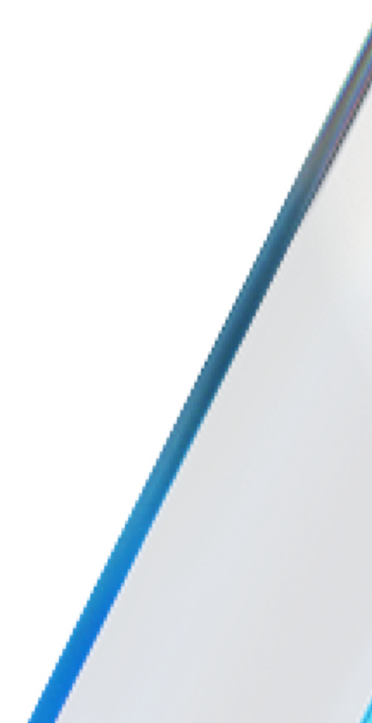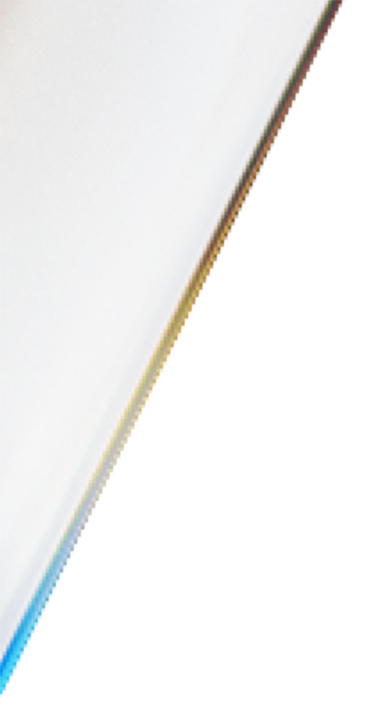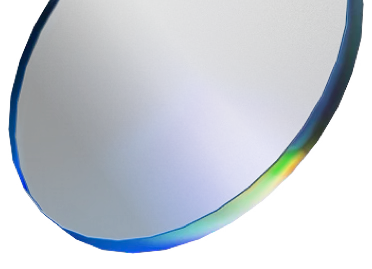
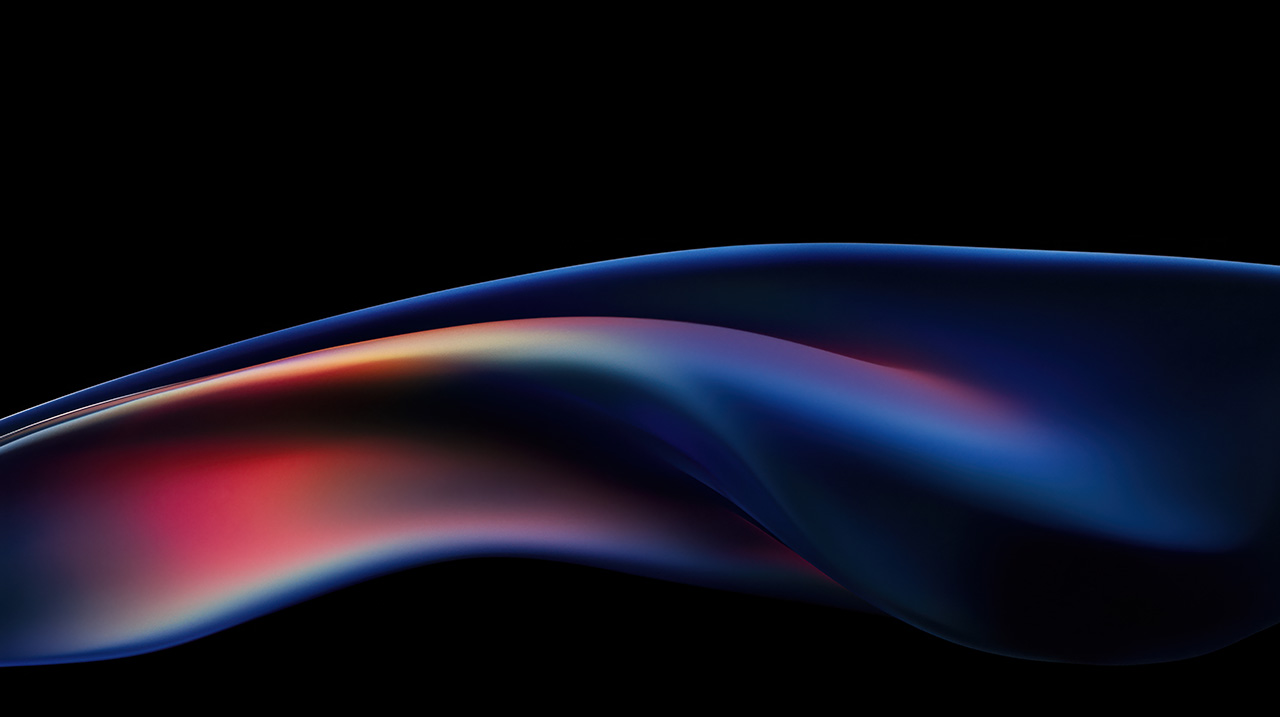
Learn the key terms and concepts around Augmented Reality

Augmented reality blends digital content with the real world.
This content can be seen through your phone, a tablet, or an AR headset. This is a guide that will walk you through the basics. You'll learn how AR works, you'll learn the terms that you'll hear the most in the industry, and you'll also learn how tools like Trace make AR creation quick and accessible for anyone.
Augmented reality adds a digital layer on top of the physical world that you already see. If you've ever watched an NFL game, you're probably familiar with the yellow first down line that is painted onto the field - that is AR. Filters on Snapchat, Pokémon Go, and floating holograms that you've seen in Iron Man or other pop culture films all tap into this idea of blending the digital world with the physical world. Let's say you wanted to visualize a piece of furniture in your physical space. You could hold up your phone and see a table from a warehouse right in your space before you buy it. This is AR too. It doesn't pull you out of your environment in the same way that virtual reality does. It keeps you in your space and adds helpful and contextual information on top.When AR works the best, it feels almost like the digital world is cooperating with and complementing the real one, not competing with it.
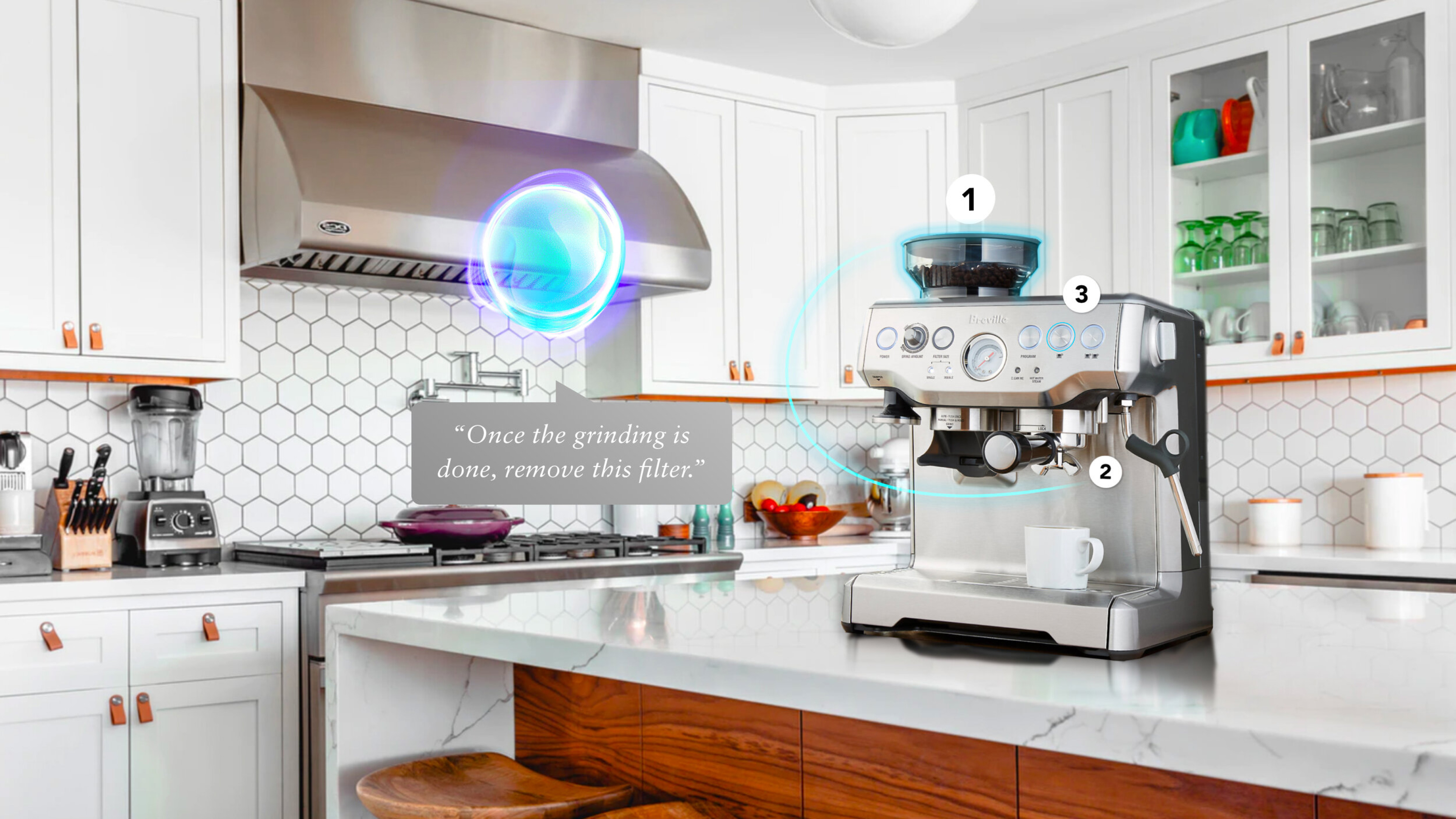
Most people attribute the invention of AR to Ivan Sutherland's 1968 project called “The Sword of Damocles.” This was a head-mounted display that placed simple graphics into the user's view. Later, research groups and early mobile developers shaped it into the modern AR that we use today through our iPhones and Android devices and headsets like the Apple Vision Pro and Meta Quest.
Augmented reality can work on many different platforms, from phones to tablets to AR headsets. Phones are the most used because there are billions of AR-enabled devices already out there in the wild. These lead by a wide margin, since they're already in everyone's hands. Headsets allow for a much more immersive experience, though, and many can argue that this is the best form factor for AR. This can include devices like the Apple Vision Pro and the MetaQuest 3.Trace supports all of these devices. It enables you to create once, and then you can view your content anywhere, whether it's a phone, a tablet, or a headset.

To overlay content onto the real world, augmented reality devices use the camera feed, sensors, depth cameras, and real-time rendering. Your device can analyze how it's moving through space, map a room’s geometry and understand lighting to place virtual objects in space so they seem composite and static as you move around. There are many complex processes behind the scenes to allow for your content to feel anchored in space, to cast shadows on the real world, to disappear when it's behind a wall, and to reappear when someone comes back into the room. With all of these systems in place the AR digital content feel magically integrated with your physical surroundings.
AR tracking is how a device keeps virtual content steady and feeling anchored to the real world. This uses a mix of camera information, accelerometers, gyroscopes, depth sensors, and machine learning to understand the device's motion moment to moment and frame to frame. When tracking is weak, objects can feel shaky or misaligned. Strong tracking will feel smooth, stable, and it makes the digital content feel believable, like it's really in your space.
Plane detection allows the device to recognize flat surfaces like floors, desks, or walls. The computer vision looks for visual patterns in a surface, it estimates geometry, and it can test whether a cluster of points behaves like a unified singular surface.
Once it decides that a plane is locked in, AR content can sit on it with consistent scale and alignment. Plane detection is one of the foundations of AR. Without it, your content may struggle to be aligned perfectly on a wall, table, or floor.
For content to stay stable in your space, we need to use AR anchors. Anchors are the reference points that connect digital objects to real-world positions.
In Trace, creators can set up an image anchor by taking a picture of a static poster or sign in their space. This allows the scene to have a reliable reference point for all of the AR content. When users come back to their space all of their content will reappear based on this anchor.
Occlusion lets real objects block or obscure digital ones and move in front of or behind them effectively. This is essential for realism because it makes it feel like a hologram sits naturally in your space in full three dimensions.
Phones and headsets with depth sensors or LiDAR can detect people and surfaces for more accurate occlusion. Trace supports both environment and human occlusion when creators need it, so that their scenes feel accurate and well integrated into any space.
Persistence lets AR content stay in the same physical location even after the app is closed. This usually requires an anchor that the device can rediscover, along with spatial mapping data that describes the room.
Trace uses spatial anchors so a creator can set up a scene once and have it reappear every time the user returns.
A headset is not required for AR. Most AR still happens on phones and tablets. Headsets definitely offer a richer and more immersive view, but are not required.
The benefits of mobile AR is that everyone has the hardware already and can just pull it out of their pocket and see content overlaid directly on their environment very quickly.
With Trace content can be shared by one person on a mobile device but easily viewed on other mobile devices or a headset.
3D models: GLB are the best overall
Images: PNG for transparency, JPG for small file sizes
Video: MP4 with H.264 codec, ideally under 10 MB for fast loading
AR can be used for a variety of use cases. The most powerful AR experiences are contextual and reveal information or experiences that add to the content that's already physically there. Some of the most common AR examples can be found below.
Retail - Teams can use AR to show digital products in real spaces. This can include things like furniture previews, to auto showrooms, to any in-store product where more information or configuration can be leveraged.
Education and museums - AR can be used with great effect in these environments to turn static displays into interactive layers. Displays with science models, fossils, artifacts and more can be brought to life in 3D.
AEC & Real Estate - Professionals can visualize buildings, construction and furniture layouts before they are built. This helps to save massively on building costs and catch errors before they happen.
Industry and Training - Overlays in warehouses and instructional guides can help trainees learn how to operate complex machinery in context. This reduces cost and time of training and also allows for tracking of efficacy.
Marketing and Brand - Immersive activations can create fast, eye-catching experiences that draw people in. These can bring people to your booth, customers to your website, and your products into people's homes.
Creating AR experiences used to require many developers and 3D specialists. A typical project could take three to six months and cost tens to hundreds of thousands of dollars. Now, tools like Trace make AR creation much more accessible for anyone to make. Creators can place their objects, upload content, set anchors, create interactive experiences, and publish to their audience without writing any code. Trace also offers services to help any company bring their experiences to life.
For the last decade, AR has shown up mostly as face filters, quick marketing tricks, or small experience on mobile. That era is ending. AR is shifting into something much deeper, where digital content becomes embedded in physical objects, rooms, and buildings around you. It's less about floating gimmicks, and more about information and interaction woven into the real world around you.
The major tech companies are already steering things in this direction. Apple, Meta, Google, and Samsung are all building more capable XR devices. They're simultaneously creating lightweight AI classes that can understand space and bring information directly into your field of view. When these devices mature, AR stops feeling like a one-off effect and starts feeling like an integrated part of your surroundings. Creation in AR is changing just as quickly. Making AR experiences used to require teams of developers and artists. Now tools are getting simple enough that anyone can design a spatial experience without any code or prior expertise.This shift in creation is what will turn AR from a specialty skill into a medium that anyone can use.
Augmented Reality is becoming part of the essential creative toolkit. If you can understand terms like anchors, tracking, and occlusion, you already have a great foundation. Trace bundles all these things into a unified package so it's even easier. Just add your models, content, and quick interactions, and you can publish anything you want for your audience.
To try out Trace or learn more about creating augmtened reality, check out the links below.
